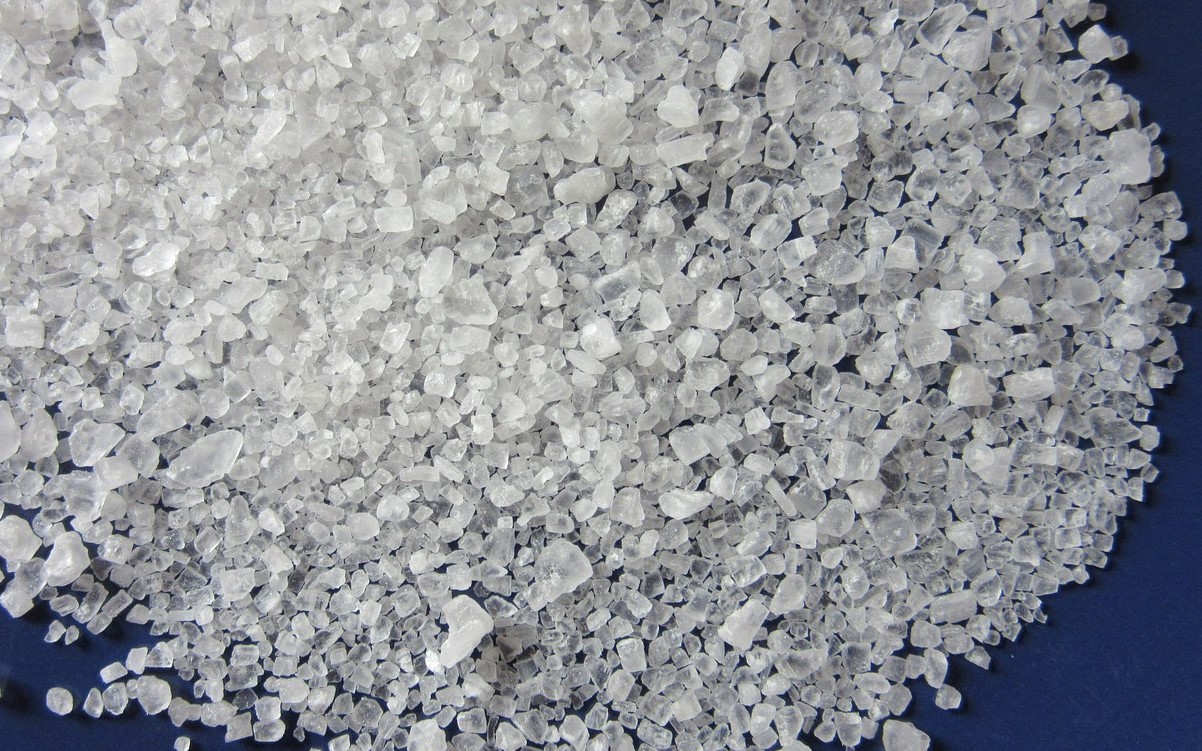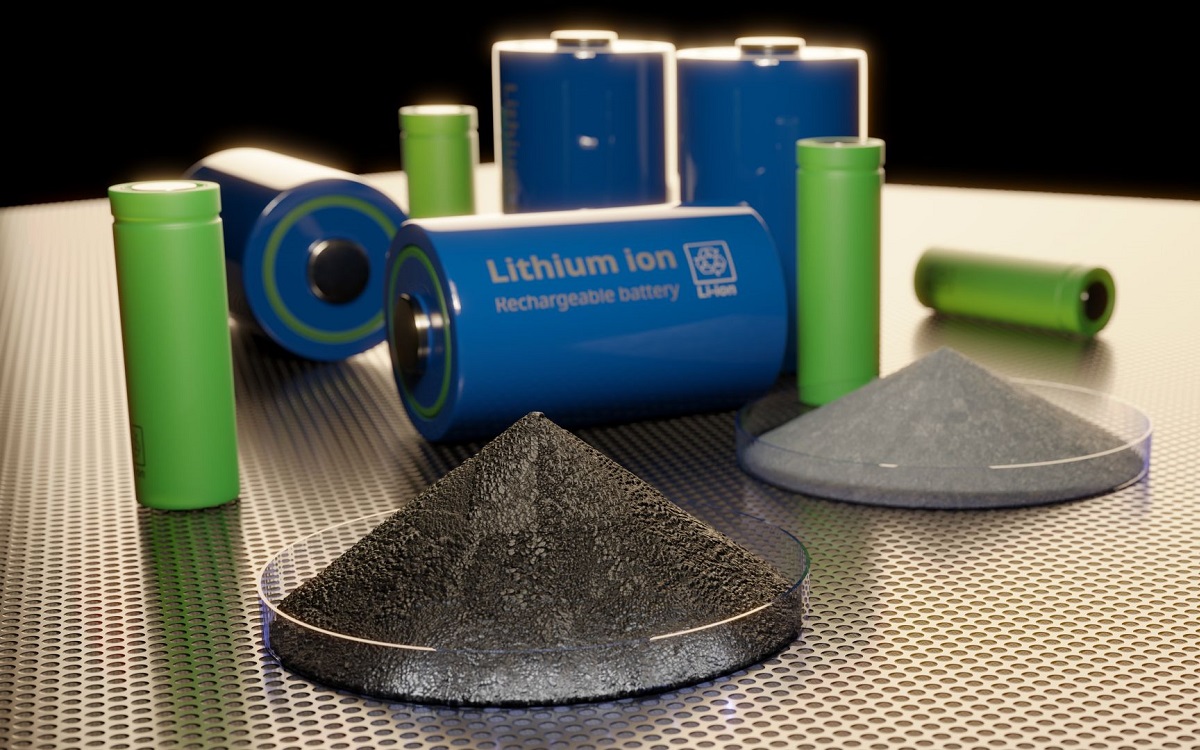13.12. 2023 Current thermal treatment methods for high salinity wastewater require high capital and operational costs. Researchers from Vanderbilt University and Colorado State University developed an alternative technology: electrodialytic crystallization.
While desalination through reverse osmosis has made tremendous strides – allowing for salt removal from seawater for about 0.5 €/m3 (according to a DW publication) – it still falls short in eliminating saline in wastewater from industries like mining, oil and gas, and power generation and in inland brackish water. The industrial brines are currently injected into deep geological formations or transferred to evaporation ponds, and both disposal methods are facing more regulatory and environmental challenges.
ZLD/MLD processes: costly and energy intensive
Zero liquid discharge or minimum liquid discharge systems are expected to become more widely adopted due to two reasons: At first, industries in many countries face water scarcity and so strive to achieve completely closed water circles, or at second, legal regulations severely restrict or completely prohibit the discharge of wastewater.
Current ZLD/MLD treatments typically involve a technology called mechanical vapor compression, which generates heat from electricity to evaporate brines until the salt is all that remains. Because of the high capital and operating costs of MVC, these processes are unaffordable for many users.
Electrodialytic crystallization manages without evaporation
Shihong Lin, Associate Professor of Civil and Environmental Engineering at Vanderbilt University, and his team, including researchers from Colorado State University, published a paper that describes a novel brine treatment technology called electrodialytic crystallization (EDC). The fundamental principle of EDC, according to the researchers, is like electrodialysis (ED).

Conventional approaches of precipitating out highly soluble salts (for brine reduction or elimination) typically require phase change of water via evaporation or freezing, which is energy intensive. In EDC, salt concentrations are forced beyond solubility with the mechanism of ED. The cover image shows sodium sulfate crystals forming in electrodialytic crystallization. (Ruoyu Wang and Lesa Brown, Vanderbilt University),
In ED, an electric field is applied to pull ions through ion exchange membranes. By placing different types of IEMs in a certain way, ED can produce streams of deionized water and streams of concentrated brine. With some configuration changes to that process, the researchers say EDC keeps the brine within the integrated system and uses an electric field to induce salt crystallization without using costly evaporation methods.
“The elimination of evaporation is the key to developing potentially energy efficient brine crystallization processes,” according to the paper.
Better membrane design is still required
One major technical challenge is that when certain ions transport through the IEMs, they drag too much water across and reduce the effectiveness of the process in concentrating the brine stream. This phenomenon, called electro-osmosis, prevents some salts from being crystallized out effectively. The researchers said that better membrane design and optimized operation can potentially address this challenge and make EDC more universally applicable.





